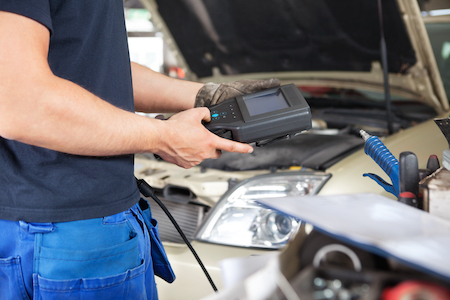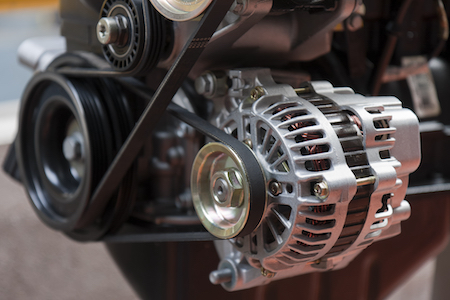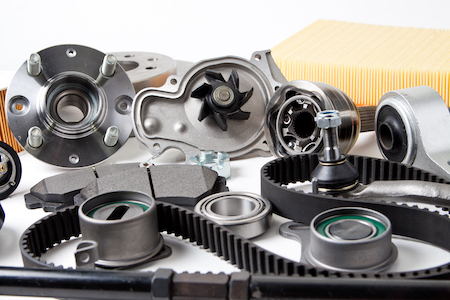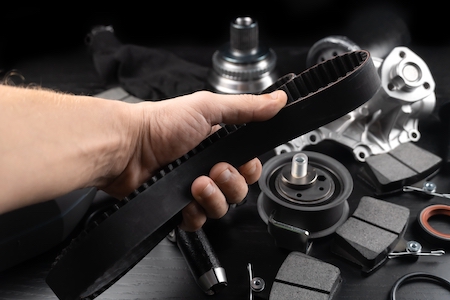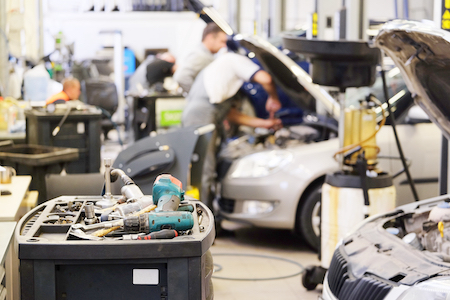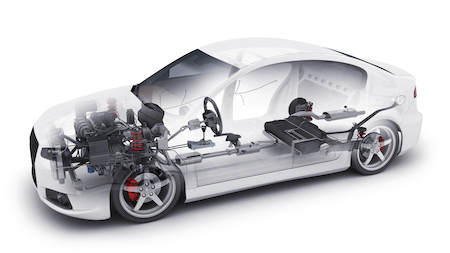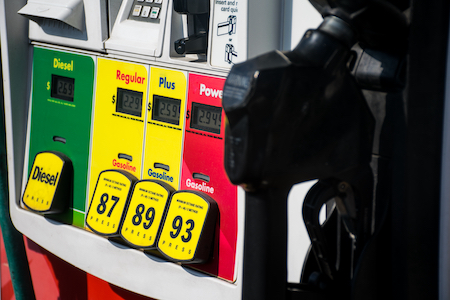Imagine your world if there were no computers.
You wouldn’t hold a smartphone in your hand, or use your tablet to watch your favorite podcast. You wouldn’t use your phone to adjust the furnace up a few degrees when you’re coming home from work.
There would be no internet. You wouldn’t pay your bills at the touch of a button. Life would be simpler … and more complicated.
Now think about your car. Since the mid-1990s, every gasoline car engine produced has come equipped with an onboard computer system capable of being accessed by diagnostics. When you take your vehicle into a repair shop, the mechanic will almost always plug a diagnostic tool into a port under the dashboard, and use the information collected to narrow down the problem.
It can alert them to potential issues before they become bigger problems. It allows you to make minor repairs before they escalate into full-blown overhauls.
What is a diagnostic test?
Have you ever wondered how mechanics pinpoint and fix issues with your car’s engine? The answer lies in the crucial role of engine diagnostics. In today’s modern vehicles, sophisticated computer systems continuously monitor various aspects of the engine’s performance. Through diagnostic tests, mechanics can effectively identify problems and provide accurate solutions.
A diagnostic test is a check-up for your car, performed using a specialized computer plugged into your vehicle’s onboard computer system, also known as the Engine Control Unit (ECU). This tool communicates with the ECU and retrieves valuable data about the engine’s performance, emissions, and various subsystems. It generates error codes that give information about any issues or malfunctions the car may be experiencing.
How does a diagnostic test work?
When the diagnostic tool establishes a connection with the ECU, it retrieves trouble codes, also known as Diagnostic Trouble Codes (DTCs). These codes serve as valuable clues that help mechanics identify specific problems.
Diagnostic tests are just the starting point of the repair process. They alert where a potential problem is located, but it’s not a cure-all that ends the repair process. Skilled mechanics must still rely on their expertise and perform additional testing protocols to diagnose the issue accurately.
What systems does the car’s computer monitor?
While it may vary slightly from car model to car model, the onboard computer system generally monitors the same systems. These include the engine control unit, transmission, exhaust, ignition system, emissions control system, airbag, and fuel injection system.
The engine control unit, or ECU, is particularly important as it adjusts many critical factors affecting fuel consumption, idle speed, and emissions.
What will a diagnostics test tell you?
A comprehensive diagnostic test can provide valuable insights into the health of your vehicle. It can pinpoint specific problems, such as a malfunctioning sensor, a misfiring cylinder, a faulty oxygen sensor, or a failing catalytic converter.
Once the computer has run the scan, it will generate an error code, identifying any specific issues your car may be experiencing. However, these codes are not a definitive diagnosis – rather, they simply give the technician a starting point of what needs to be checked and repaired.
A diagnostics test will provide valuable information about potential issues like a faulty oxygen sensor, damaged spark plugs, or a clogged fuel injector. It can also determine any other underlying problems contributing to the car’s issues.
Should you get a diagnostics test regularly?
While routine diagnostic tests are not necessary, they can be beneficial in maintaining your vehicle’s performance and catching potential problems early on. Regular diagnostic tests can help identify minor issues before they escalate into major and costly repairs.
Erring on the side of regular testing can help your vehicle stay in good working condition. Having the test done regularly can identify and repair potential issues before they cause significant or irreversible damage.
We recommend you follow your vehicle manufacturer’s recommendation, typically every 30,000-50,000 miles. And indeed, any time you notice a change in performance or are concerned about something specific.
What’s the benefit of having a diagnostic test?
There are many benefits to having a diagnostic test.
To start, it can give you peace of mind knowing that your car is running smoothly. If any underlying issues are detected, the test can identify and repair the problem before it causes further damage to the vehicle.
Having periodic diagnostic tests can help save you money on potential future repairs by identifying issues when they’re small, rather than waiting for them to become more extensive and more expensive.
Timely repairs also help extend the lifespan of your vehicle and maintain its resale value. That’s a very good idea considering today’s vehicle price is now over $48,000.
How long will a diagnostic test take?
The duration of a diagnostic test varies depending on the complexity of the problem and the expertise of the mechanic. In some cases, a diagnostic test can be completed within an hour, while more intricate issues may require additional time for thorough inspection and testing.
It’s best to consult with your mechanic to get an estimate of the expected duration for your specific situation.
How do I know if I should schedule a diagnostic test?
If you notice anything out of the ordinary with your vehicle, it’s always a good idea to schedule a diagnostic test.
If you experience a persistent check engine light, erratic engine performance, unusual noises, or a significant decrease in fuel efficiency, it’s crucial to have your vehicle checked. Additionally, if you notice any leaks, abnormal vibrations, or odd smells, these can also be indicators of underlying problems that require professional attention.
Schedule an inspection today
Engine diagnostics can significantly help car owners identify and resolve problems with their vehicles. They can provide significant information about your car’s onboard computer systems, giving qualified technicians a better understanding of what’s happening under the hood.
The test only takes about an hour to complete, but it can identify and repair underlying issues before they become more challenging and more expensive in the long run. By getting tests performed regularly, you might be able to save yourself a lot of money and drive your car with confidence, knowing that it’s running smoothly.
Schedule your inspection today.

